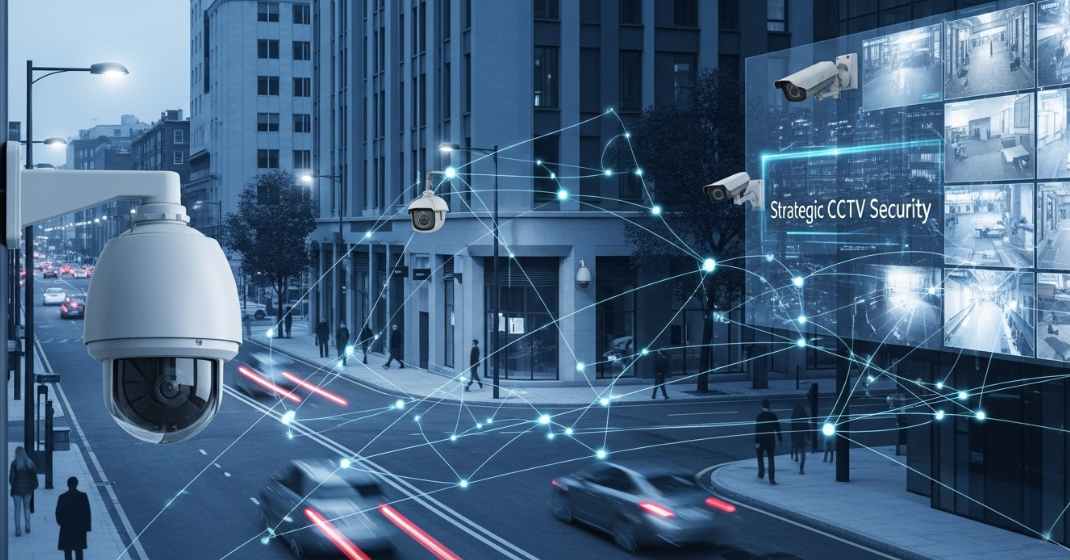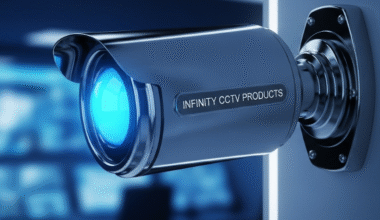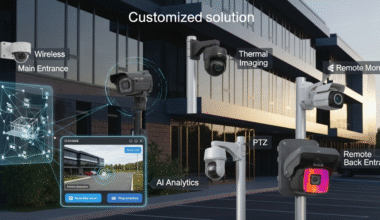CCTV surveillance has evolved from a simple security measure into a comprehensive business intelligence tool that simultaneously protects assets, enhances operational efficiency, and drives measurable improvements across every aspect of your organization. Whether safeguarding commercial enterprises or residential properties, modern surveillance systems deliver value that extends far beyond capturing footage—they create environments where illicit activities decline, productivity increases, accountability improves, and peace of mind becomes standard.
The Proven Impact of Strategic Surveillance
Organizations and residences worldwide have embraced security surveillance systems with a clearly stated goal: dramatically reducing illicit activities and criminal behavior in and around their properties. The results speak for themselves—properties under professional surveillance experience measurably lower rates of theft, vandalism, unauthorized access, and fraudulent claims compared to unsecured locations.
This isn’t merely correlation—it’s causation. The presence of visible, professionally installed surveillance creates a powerful psychological deterrent. When individuals know their actions are being recorded, documented, and archived, behavioral patterns shift dramatically. Criminal activity doesn’t simply move elsewhere—it often doesn’t occur at all.
Quantifiable Security Benefits:
Theft Reduction: Businesses with comprehensive surveillance report 50-70% reductions in internal theft and inventory shrinkage—translating directly to protected profit margins and improved bottom lines.
Vandalism Deterrence: Visible cameras eliminate opportunistic property damage, graffiti, and destructive behavior that creates costly repair expenses and damages brand reputation.
Unauthorized Access Prevention: Monitoring entry points, restricted areas, and after-hours facilities prevents unauthorized personnel from accessing sensitive locations, intellectual property, or confidential information.
False Claim Protection: Video evidence eliminates fraudulent injury claims, workplace harassment allegations, and liability disputes—protecting organizations from expensive settlements and legal fees.
Customer Safety Enhancement: Parking lots, retail spaces, and public areas with visible surveillance create safer environments that attract customers, reduce liability risks, and demonstrate commitment to public safety.
Strategic Camera Placement: The Foundation of Effective Surveillance
Installing surveillance cameras randomly throughout a facility provides minimal value—often creating false confidence while leaving critical vulnerabilities unaddressed. Professional camera positioning transforms basic equipment into a comprehensive security ecosystem that delivers optimal coverage, eliminates blind spots, and maximizes return on investment.
Value of Expert Placement Strategy:
Comprehensive Coverage Analysis: Professional assessment identifies high-risk areas, vulnerable entry points, asset storage locations, cash handling zones, and critical operational areas requiring priority monitoring—ensuring cameras protect what matters most.
Optimal Viewing Angles: Camera height, tilt, focal length, and orientation dramatically impact image quality and coverage effectiveness. Expert positioning ensures faces are recognizable, license plates readable, and activities clearly documented rather than obscured by poor angles.
Lighting Consideration: Understanding how natural light, artificial illumination, backlighting, and shadows affect image quality throughout the day ensures cameras capture usable footage in all conditions—not just ideal lighting scenarios.
Behavioral Psychology Integration: Strategic placement in highly visible locations maximizes deterrence effect, while discreet positioning in sensitive areas enables monitoring without creating uncomfortable surveillance atmosphere.
Infrastructure Optimization: Professional planning considers power supply access, network connectivity, cable routing efficiency, and equipment protection—reducing installation costs while ensuring reliable long-term operation.
Scalability Planning: Forward-thinking placement accounts for future expansion, operational changes, and evolving security needs—protecting initial investments by enabling system growth without costly retrofitting.
Redundant Coverage: Critical areas receive overlapping camera coverage ensuring no single equipment failure creates security gaps—maintaining protection even during maintenance or technical issues.


